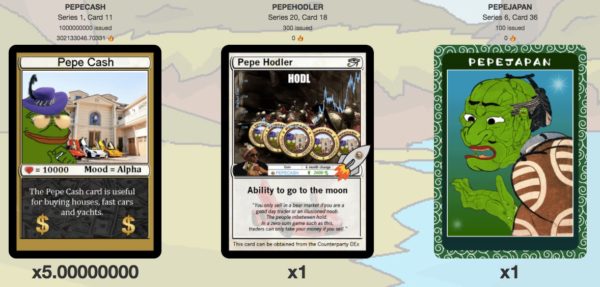Can Do Vs Must Do
Over the past few months, I’ve been reminded about the difference between “can do” and “must do” and how companies often confuse the two.
With the abundance of capital sloshing around the tech sector, our portfolio companies often have the resources to do more than they can and should do. They greenlight a bunch of projects that are “can do” projects but not “must do” projects. And a number of not so great things happen when they do this, including but not limited to:
- Core resources (like infrastructure, security, payments, design, product management) get stretched supporting so many efforts.
- The team loses sight of the mission and strategy as so many projects are being tackled at the same time
- Senior leadership gets pulled in many directions and loses alignment as a result
- Projects slip or don’t ship at all, leading to malaise and morale issues
- Headcount grows quickly to support all of these efforts, creating more management issues
I saw a presentation recently with a “plan” that had ten “near term focus items” on it. I told the person presenting the plan to me that I don’t think a plan should have more than three things on it. I am a big fan of the rule of three. I am not sure where I heard it but it says that you should not tackle more than three big things at one time, no matter how large your organization is.
But regardless of whether you have two, three, or four big efforts this year, you should test all of your initiatives agains the “must do” vs “can do” test. Just because you can do something doesn’t mean you should.
I’ve written about the importance of strategy and saying no. Strategy isn’t saying no. It is figuring out what is the most important thing for your company and deciding to focus on it and say no to everything else.
In order to figure out what the most important thing is, you need to understand your products, your customers, your market position, where things are going, and where you want to be in three to five years. Once you have figured all of that out, you can figure out what are the most important things you need to do in order to get there.
It is also true that the “most important thing” changes. My partner Albert told me that he thinks doing a startup is like playing a video game. Each level requires you to master one thing and once you do that, you level up and then there is a new thing to master.
I like that metaphor a lot even though it trivializes the company building process a bit. It is a very clarifying view on how you must think about things and prioritize things.
So if you are frustrated by the pace of development (and not just engineering development) at your company, I would suggest you think about how many things you are trying to do at the same time. If it is a lot, then run them by the “can do” vs “must do” test and kill all the things that are not “must dos”. That might even mean parting ways with people you don’t need, which is painful but often helpful.
Executing well on all of the “must do” things is the hallmark of a well run company. And that usually means that there aren’t many “can do” things on the roadmap at the same time.

